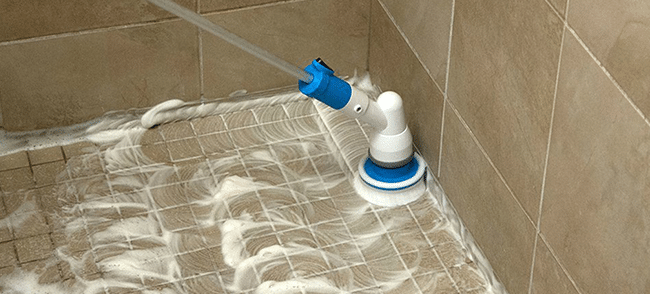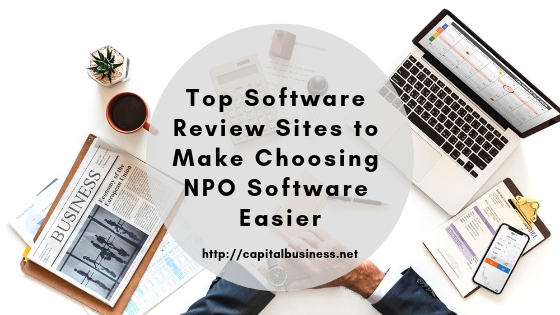
The best camera of 2020 wasn't a certain thing, as the title suggests. There were many new cameras that were both remarkable and average in quality during the year. These are the best options if you're looking for the best camera of the Year.
First, the compact cameras. These cameras are very portable and offer excellent performance. Their small size makes it difficult to capture good shots in low lighting. In addition, these cameras lack joysticks to choose the focus point, so you will need to manually select your focus point. These cameras come with very affordable lens systems, so some argue that they are faster.
Next is the mirrorless camera. These cameras are smaller and have a back-illuminated sensor, which allows them to capture full-frame images. These cameras may not be right for everyone. However, if you enjoy taking photos and need a small and easy-to-use camera, they might be the right choice. The best cameras offer excellent image quality, high capture rates, and high-quality video capabilities. They can be carried around your neck all day thanks to their small size and lightweight.

One of the most interesting aspects of these cameras is the articulating screen. This allows the camera's screen to be moved at different angles. You can even take pictures of people or other scenes from unusual places. This feature is not new. However, many models have made improvements to their designs.
One of the most interesting features of these cameras is their ability record 4K videos. Both Panasonic, Nikon and Sony have developed cameras that can output broadcast-quality codecs. The resolution of these cameras is not as impressive as those on DSLRs, but it's still comparable to the very best still cameras.
However, the best camera was not a cellphone. There are many amazing cameras available that produce stunning photos. Many of the best models can fit into a jacket pocket. It is important to think about the quality of photos that you can take with your camera, whether it's for your home or your blog. Cameras with a minimum of 40 megapixels, ISO 100 or lower low-light sensitive, and a time lag of less than 1 second are all good options.
Ultra-zoom cameras are the last category. This camera combines a long focal length lens with a small sensor. This combination can offer magnifications far beyond those of professional lenses. These cameras make a great choice if you want to photograph wildlife and other large subjects.

Let's not forget the best camera for blogging. You should consider the nature of your blog and choose a model that offers excellent image quality, fast image processing, and a great screen. Since you will be uploading your photos to the web, you will need to make sure that you are optimising your images for the web.